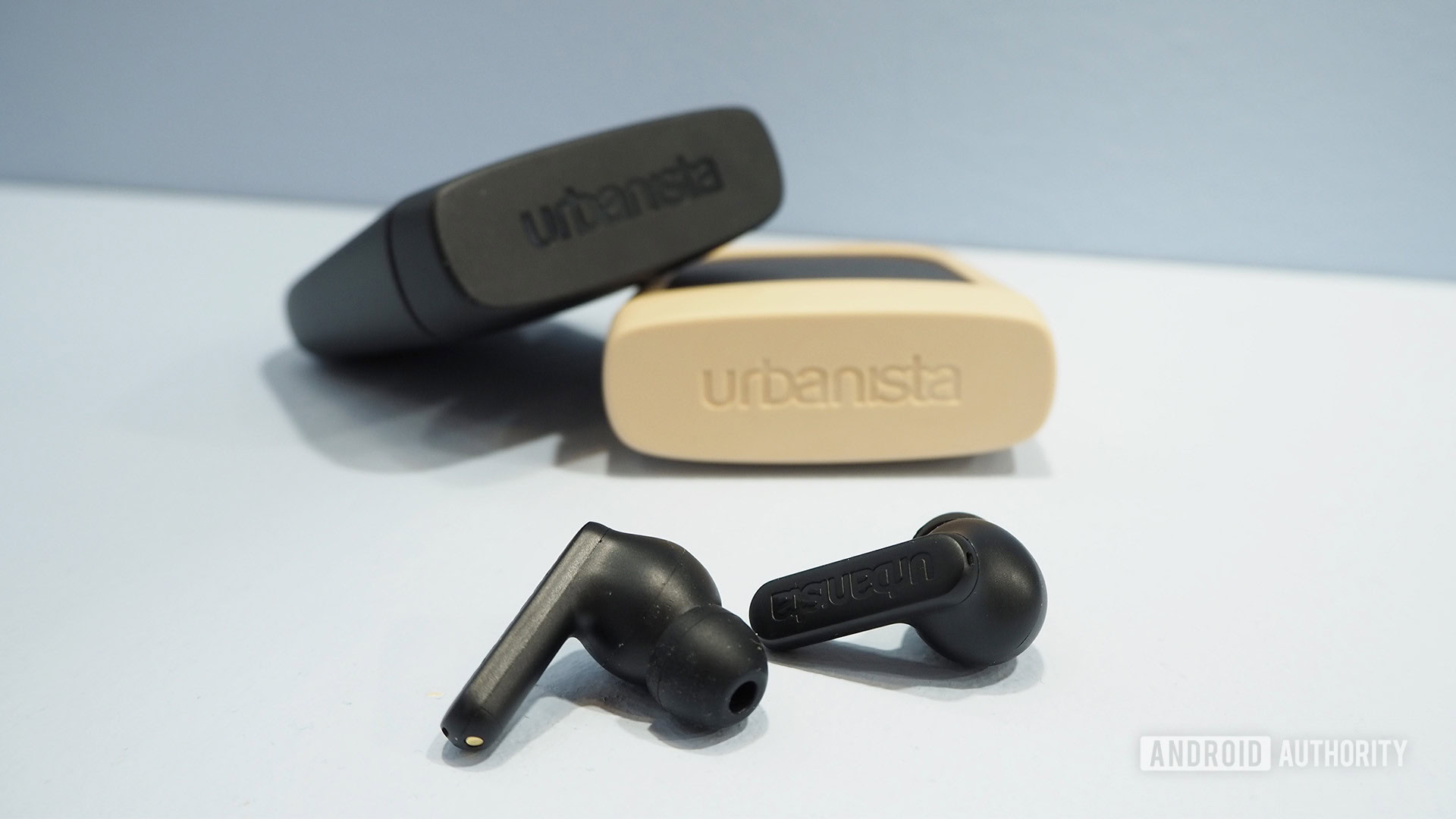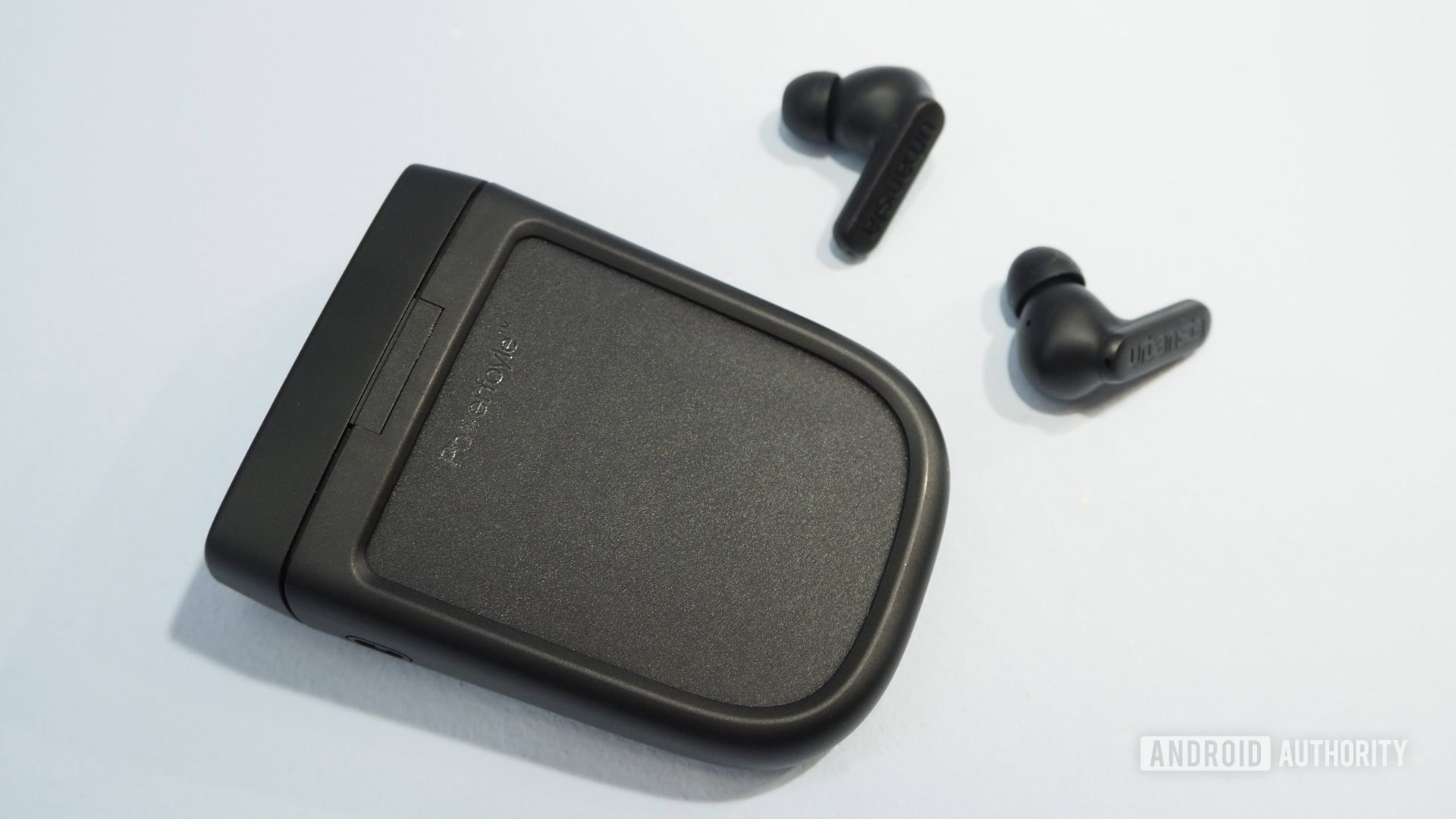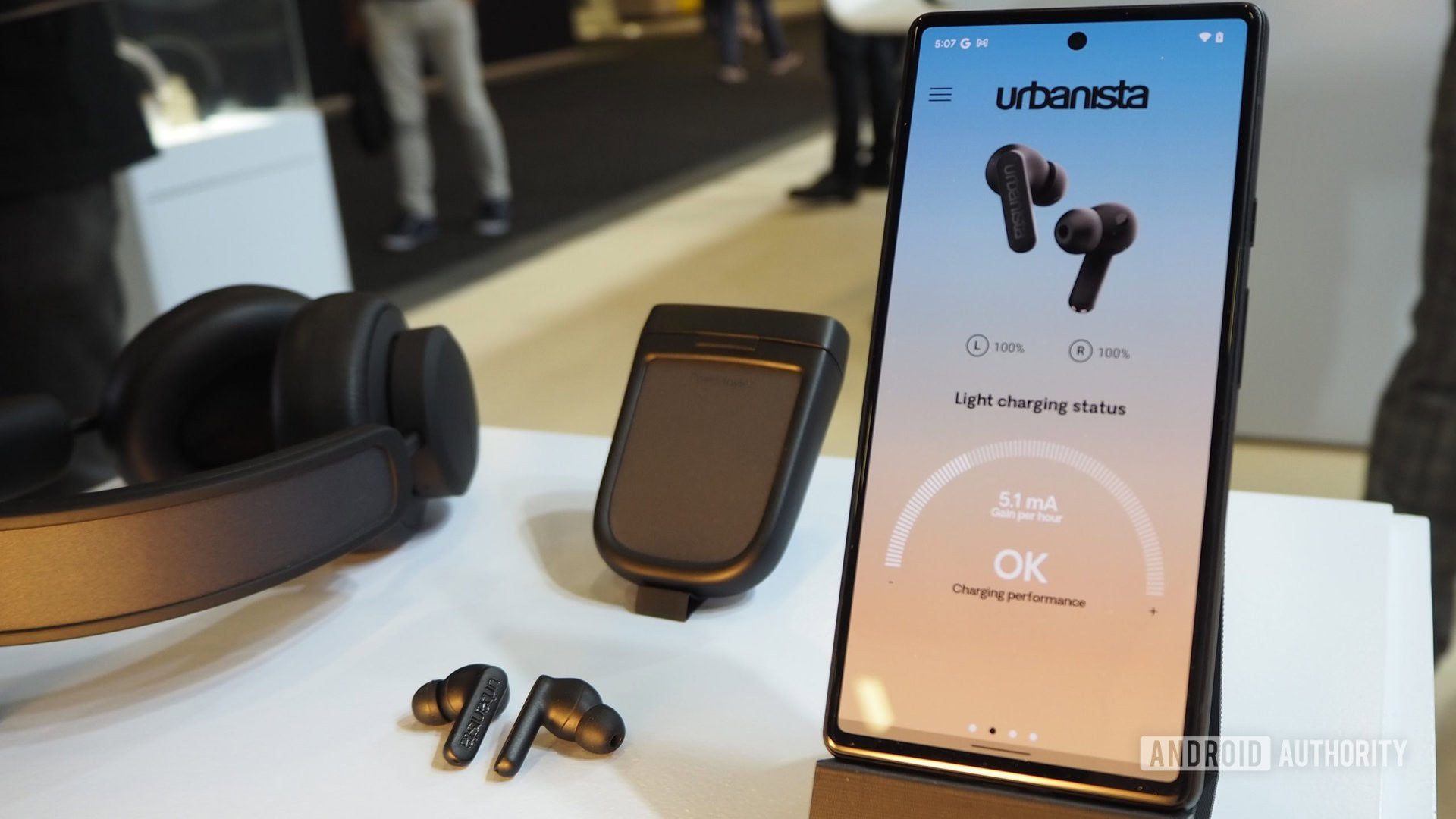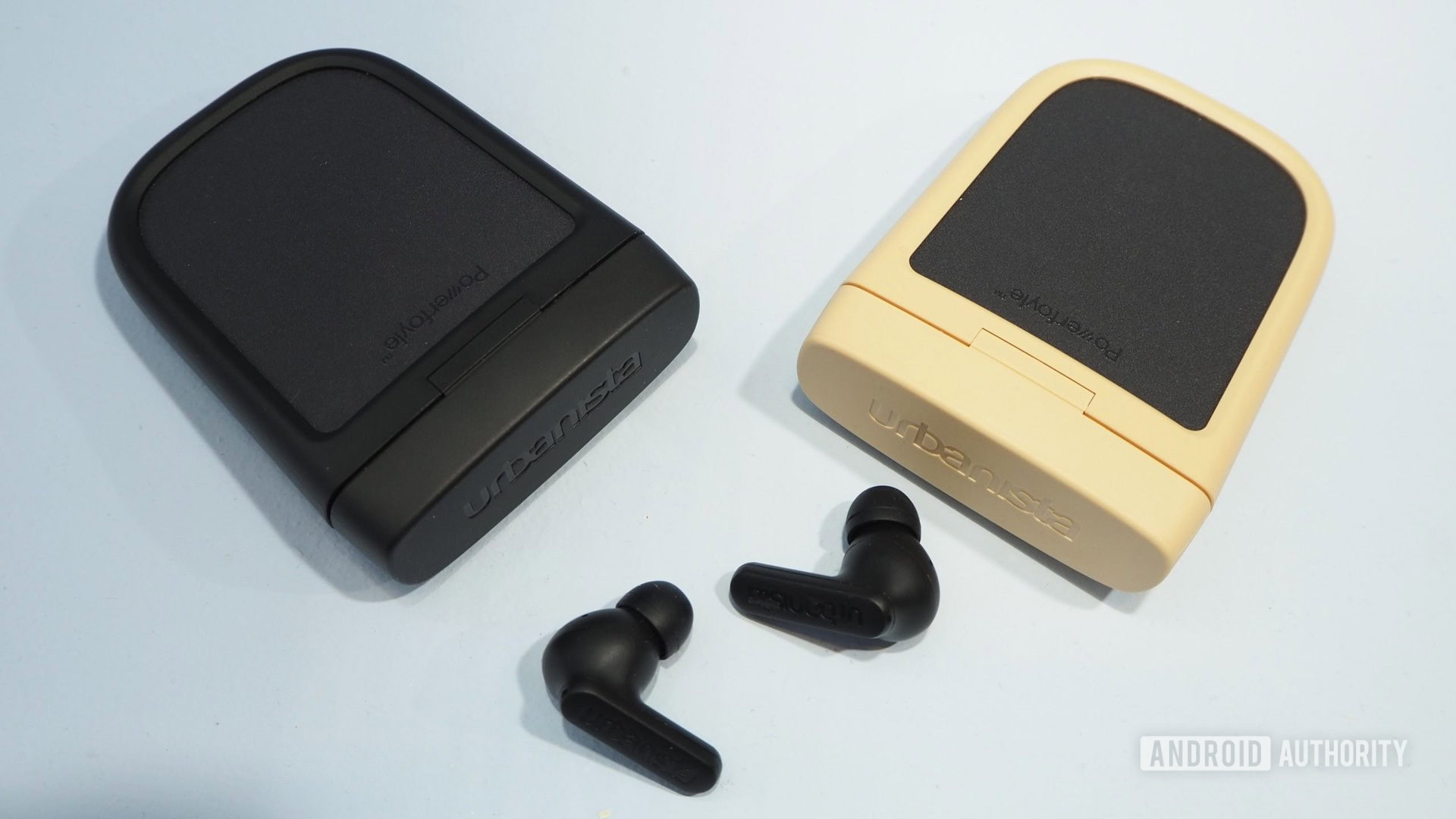Affiliate links on Android Authority may earn us a commission. Learn more.
You will never need to recharge these true wireless buds

True wireless buds solved one of the problems of Bluetooth buds with a simple design idea: A carry case with a built-in battery makes sure you don’t run out of juice for several days. The mere act of putting your buds in the case starts charging them up for your next use. But every few days or weeks, depending on your use, you have to remember to charge the case too.
Our winners: The Best of IFA awards
At IFA last week, we saw another simple but genius innovation meant to remove that last hurdle. Urbanista was showing off a pair of true wireless buds with a solar panel integrated into the charging case. And yes, you guessed right, the goal is to avoid having to charge these, ever. Urbanista described it to me as “endless play.”

The Urbanista Phoenix is the follow-up to the company’s solar-powered Los Angeles over-ear headphones ($180 on Amazon). This time, the flexible and customizable Powerfoyle solar cell was integrated into the charging case. Sure, that makes the case significantly larger than most other true wireless buds, but not prohibitively so. It still fits in my jeans pocket and the palm of my hand, but it isn’t as sleek as the Google Pixel Buds Pro or even the chunky Nothing Ear (1).
The solar cell makes the case significantly larger, but it can charge it up outdoor and indoor.
The upside, though, is that the solar cell can fill up the battery’s integrated case with both outdoor and indoor light. Just remember to take it out of your bag or pocket and it’ll harness ambient light to charge itself. In theory, one hour of light should be enough for one hour of listening.
Urbanista’s app even shows the intensity of the light and the speed in milliamps per hour at which it’s charging. In the future, you’ll also get historical graphs with the hours of charge lost (through listening) and gained (through charging) over the last days and weeks.

If you need to quickly top up, you get a USB-C port but no wireless charging, though Urbanista says many of its Los Angeles users have never plugged their headphones and it hopes this will be the case for the Phoenix too.
On average, one hour of light equals one hour of listening.
Putting aside the solar panel, the Phoenix seems to tick off all the right boxes. Eight hours of playback on the buds and 32 hours total (if the case is never charged), Bluetooth 5.2, Multipoint, hybrid active noise cancellation, in-ear sensors, IPX4 rating, and touch controls. The app lets you apply updates, customize the gestures, and control the EQ.
The only downside I can think of is the lack of Fast Pair for easier pairing with Android phones and, in the future, smartwatches, TVs, and Chromebooks.

Since this was a trade show, we couldn’t really test the audio performance of the Phoenix, but we’ll try to get a unit to check it out.
Would you sacrifice portability for a solar panel in your wireless buds' case?
The Urbanista Phoenix will be available in both Midnight Black and Desert Rose (which looks very beigy to me) and will cost $149, €149, or £129 depending on where you live.
Continue: True wireless buds are everywhere, but I’m not yet convinced